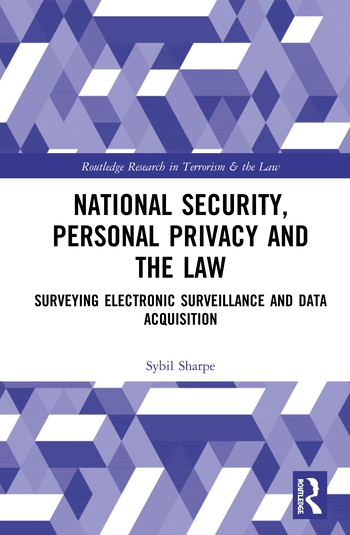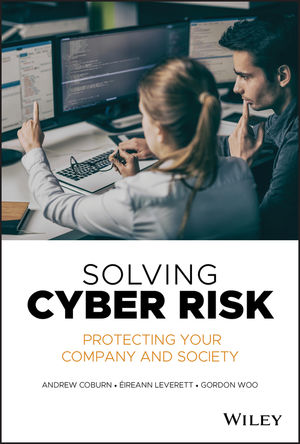Use threat hunting to anticipate the unknown

A cyber threat could be lurking in any corner of an organization’s infrastructure. The complex networks encompassing numerous smart and interconnected technologies make it easy for cyber criminals to hide, but much harder for them to be found.
Yet, waiting for a cyber threat to make an appearance is far too dangerous to an enterprise; if left undetected, a cyber criminal could stay in an organization’s network for years - and just think of the damage that could be caused. To combat this, threat hunting is now an essential component of any cybersecurity strategy. Rather than waiting for a hacker to make themselves known, threat hunting involves constantly and proactively searching for the threats hiding within a system, working on the assumption that a cyber hacker is ever-present and looking for signs of unusual activity before it even occurs.
But how does threat hunting work in practice, and how can the approach ensure an organization’s data is kept safe?
The need for observability
Today’s networks are complex, presenting numerous places for a cyberhacker to hide. And unfortunately, it’s not uncommon for infiltrations to go undetected in networks for days, weeks or months. In fact, a recent report shows that it takes organizations an average of 280 days to identify and contain a data breach, but enterprises can’t afford to wait this long. In this time, a cyber hacker can be travelling through the network, infiltrating systems and stealing information, making an organization’s data increasingly vulnerable.
And the length of time can even be longer than this; in the 2018 Marriott International data breach, hackers were accessing the network for over four years before they were discovered, which resulted in the records of 339 million guests being exposed. The hotel chain then suffered a second data breach this year after cyber criminals had been in the network for over one month, impacting approximately 5.2 million guests.
So, what needs to change? It is now more important than ever for organizations to be able to analyze contextual data in order to make informed decisions regarding their network security policy. This is not possible without 24/7/365 managed detection and response (MDR) tools for proactive threat hunting that uses event monitoring logs, automated use case data, contextual analysis, incident alerting and response and applying tactics, techniques and procedures (TTPs) to identify issues that improve an enterprise's security posture.
Anticipating the unknown
When anticipating the unknown, cybersecurity analytics tools can capture data and detect evasive and malicious activity, wherever they are in the network in real-time. Generating fine-grained policies and enforcing these is one step security teams can take to proactively detect and remediate malicious activity immediately. With policy enforcement, attackers will have a hard time attempting to make lateral ‘east-west’ movements or remaining hidden in any part of the network, as the security team will be able to see inside the network and protect against threats across all attack surfaces across all managed endpoints with a unified multi-layer approach. This includes policy generation and enforcement MDR tools that can provide greater insight into the overall reliability, impact and success of network systems, their workload and their behavior to identify threats and proactively respond and protect assets.
In reality, this means that security teams can take measurable steps towards controlling system access of the network environment; knowing who is in the network, who should be able to access what data and which applications, and being the first to detect indicators of compromise (IOC).
Ahead of the game
Threat hunting is a way to stay one step ahead of cyber criminals. Organizations no longer have to wait to be alerted of data breach before taking action; today it is essential to have a complete picture of the entire network in real-time, including extending these capabilities to teleworkers, so that unusual activity can be identified and halted immediately, before any damage occurs. With strong MDR tools at the core, security leaders can ensure a strong and effective security posture based on anticipating the unknown, clear visibility into vulnerabilities that pose the biggest threat and identifying barriers that prevent successful tracking and remediation.
Looking for a reprint of this article?
From high-res PDFs to custom plaques, order your copy today!








